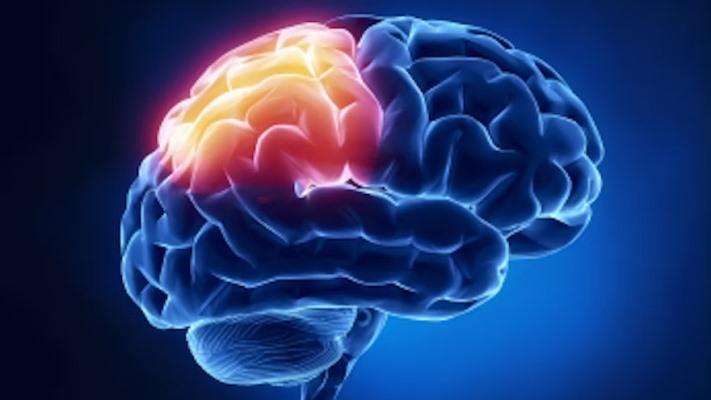According to the study, gum disease affects the structure of the cerebral cortex, including the superficial area and thickness of the cortex, suggesting a connection and implying the existence of a periodontal tissue-brain axis.

This is believed to be the first study to show a cause-and-effect link between gum disease and cortical structure, the authors write.
“Periodontitis causally affects cortical structures, providing new evidence supporting a causal effect of periodontitis on the brain,” write the authors, led by Dr. Fulan Wei of Chilu Medical College of Shandong University in China.
“Periodontitis causally affects cortical structures, implying the existence of a periodontal tissue-brain axis,” concluded Wei et al.
The researchers used Mendelian randomization to evaluate the potential causal influence of genetically related periodontitis on cortical structure. The team used genetic data from previous studies of periodontitis to create instrumental variables, examining their relationship with brain structure data from 51,665 patients in the Enigma consortium. They assessed how genetically linked periodontitis might affect surface area in certain brain regions or cortical thickness using various statistical methods such as inverse variance weighting.
Genetically determined periodontitis affects the surface area of various brain regions, including the medial and lateral orbitofrontal cortex, the inferior temporal and entorhinal cortices, and the temporal pole. It also affects the thickness of the entorhinal cortex, the authors write.
The study, however, had limitations. The results demonstrate the impact of periodontitis on the cortical structure of the brain. More research is needed to evaluate the underlying mechanisms and functional changes, they wrote.
“Recognizing conditions associated with changes in the cerebral cortex may provide an effective population-based approach to recognizing changes in brain function and early diagnosis of brain disorders,” they insisted.
